Archives
- 2025-12
- 2025-11
- 2025-10
- 2025-09
- 2025-03
- 2025-02
- 2025-01
- 2024-12
- 2024-11
- 2024-10
- 2024-09
- 2024-08
- 2024-07
- 2024-06
- 2024-05
- 2024-04
- 2024-03
- 2024-02
- 2024-01
- 2023-12
- 2023-11
- 2023-10
- 2023-09
- 2023-08
- 2023-07
- 2023-06
- 2023-05
- 2023-04
- 2023-03
- 2023-02
- 2023-01
- 2022-12
- 2022-11
- 2022-10
- 2022-09
- 2022-08
- 2022-07
- 2022-06
- 2022-05
- 2022-04
- 2022-03
- 2022-02
- 2022-01
- 2021-12
- 2021-11
- 2021-10
- 2021-09
- 2021-08
- 2021-07
- 2021-06
- 2021-05
- 2021-04
- 2021-03
- 2021-02
- 2021-01
- 2020-12
- 2020-11
- 2020-10
- 2020-09
- 2020-08
- 2020-07
- 2020-06
- 2020-05
- 2020-04
- 2020-03
- 2020-02
- 2020-01
- 2019-12
- 2019-11
- 2019-10
- 2019-09
- 2019-08
- 2019-07
- 2019-06
- 2019-05
- 2019-04
- 2018-11
- 2018-10
- 2018-07
-
The HCV Ag immunoassay has been shown from
2022-07-18
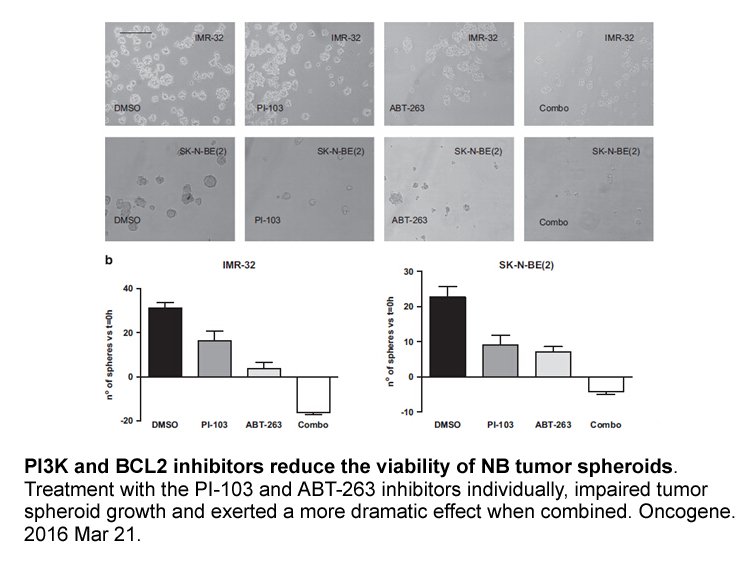
The HCV-Ag immunoassay has been shown from previous studies to be an adequate alternative to the two-stage diagnostic process [6], [9], [16]. Kesli et al. reported a high correlation coefficient of 0.864 when comparing HCV core antigen levels with HCV RNA levels (detected using Qiagen HCV RNA test;
-
R R MNF is a unique bitopic agent
2022-07-16
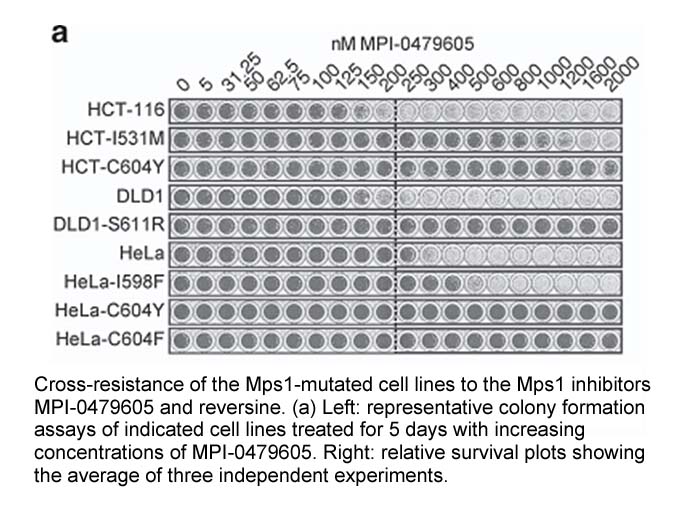
(R,R′)-MNF is a unique bitopic agent with selective and potent β2AR agonistic and GPR55 inhibitory properties [10], [11] that are independently associated with the drug's anti-mitotic and anti-tumorigenic actions. In 1321N1, U118MG, and melanoma cell lines, (R,R′)-MNF activation of the β2AR decrease
-
The treatment target which aims at diagnosing of HIV infecte
2022-07-16
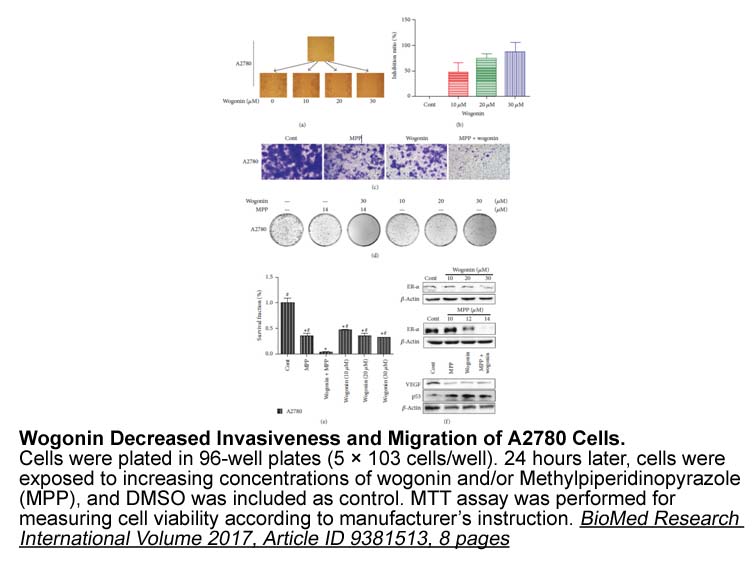
The “90-90-90 treatment target” which aims at diagnosing 90% of HIV-infected individuals, treating 90% of those diagnosed and achieve viral suppression for 90% of treated individuals, is a key strategy to achieve one of the sustainable development goals (SDG) of ending AIDS as a public health threat
-
The mD plasmid containing CD domain
2022-07-16
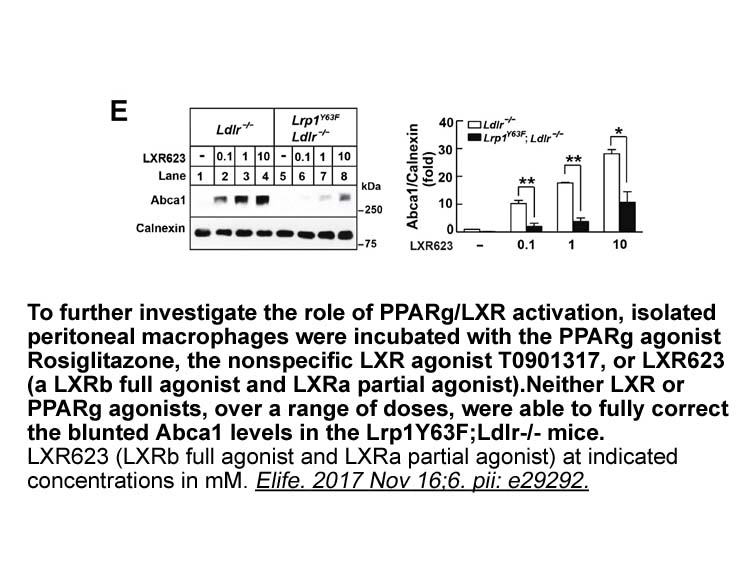
The mD1.2 plasmid containing CD4 domain 1 gene under the control of a promoter was obtained as a gift from Dr. Dimiter S. Dimitrov. The mD1.2 plasmid was digested using restriction endonuclease I (New England BioLabs, USA) to release the mD1.2 gene. The gene encoding the mD1.2 protein was elongated
-
Limitations of our study are the following we did
2022-07-16
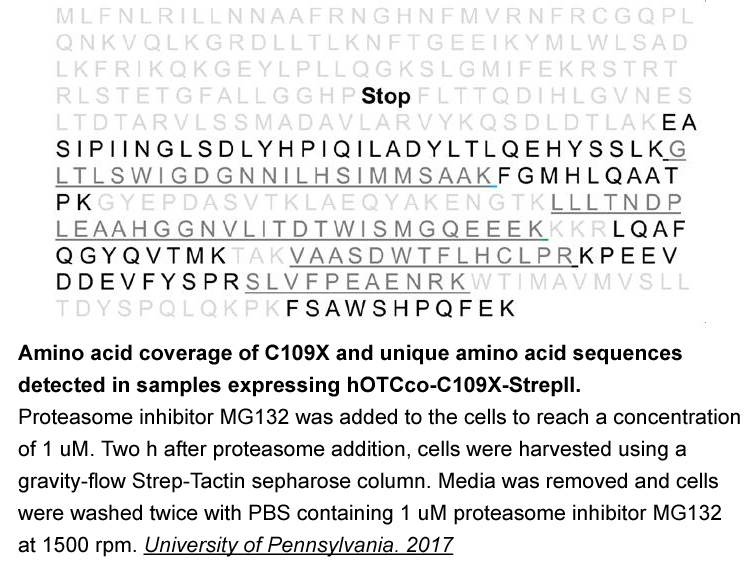
Limitations of our study are the following: we did not measure central energy metabolism in parallel, so we can only hypothesize that GLUT1 hypermethylation may be associated with alterations in central glucose metabolism. We did not measure GLUT1/GLUT4 gene expression or glucose uptake, so that we
-
Apoptosis a form of programmed cell
2022-07-16
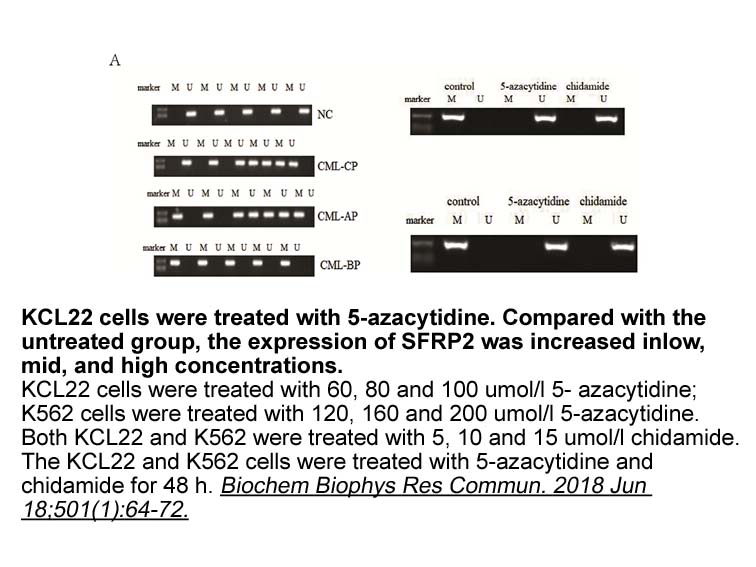
Apoptosis, a form of programmed cell death, is a critical component in maintaining homeostasis and growth in all tissues and plays a significant role in immunity and cytotoxicity [54,55]. Although GR are expressed in all immune cells, the physiological outcomes of GR activation are highly cell type-
-
Newt GHS R a proteins expressed in
2022-07-16
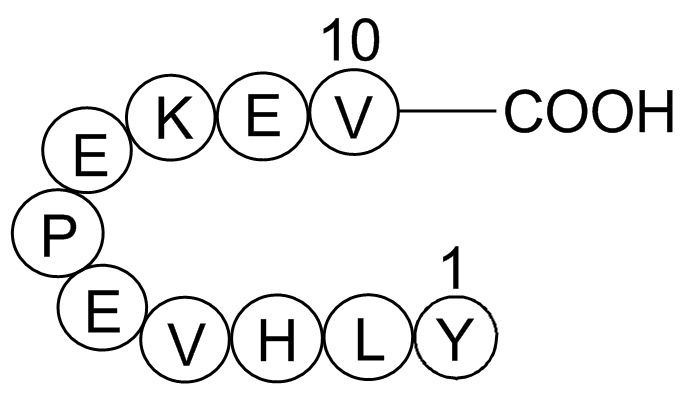
Newt GHS-R1a proteins expressed in a mammalian cell were able to bind homologous newt ghrelin, heterologous rat and bullfrog ghrelin, and a peptidyl GHS-R1a agonist, GHSRP-6, with inducing intracellular Ca signaling. This indicates that the identified cDNA encodes the ghrelin receptor from a view of
-
Experiments show that CSD propagation can be slowed or inter
2022-07-16
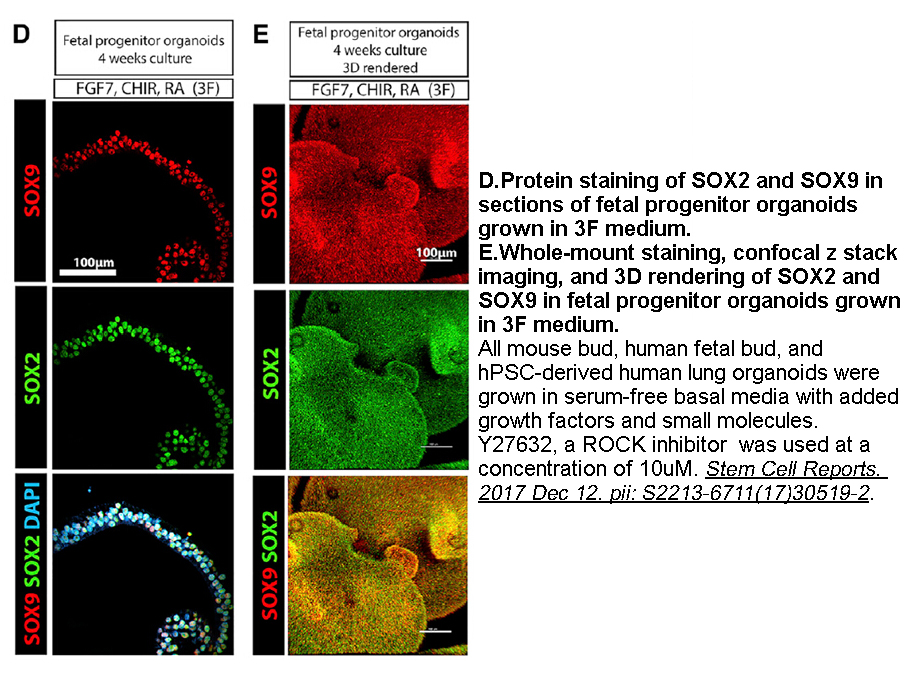
Experiments show that CSD propagation can be slowed or interrupted by pre-existing lesions or areas of high astrocytic density (Chen et al., 2006), and reduced expression of astrocytic gap junctions significantly increases the size of ischemic infarcts (Nakase et al., 2003). By decreasing the gap ju
-
br Materials and methods br Transparency document
2022-07-16
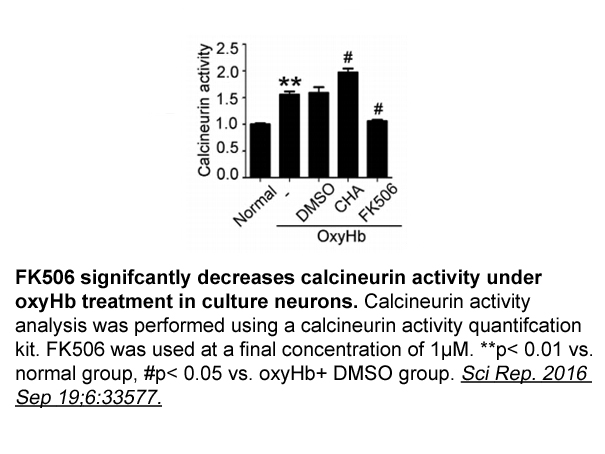
Materials and methods Transparency document Acknowledgments Introduction Hearing loss is the most common congenital sensory deficit. About 1–3 in 1000 children are affected at birth or during early childhood by severe hearing loss, which is defined as prelingual deafness, with at least h
-
How changes in APP processing by
2022-07-16
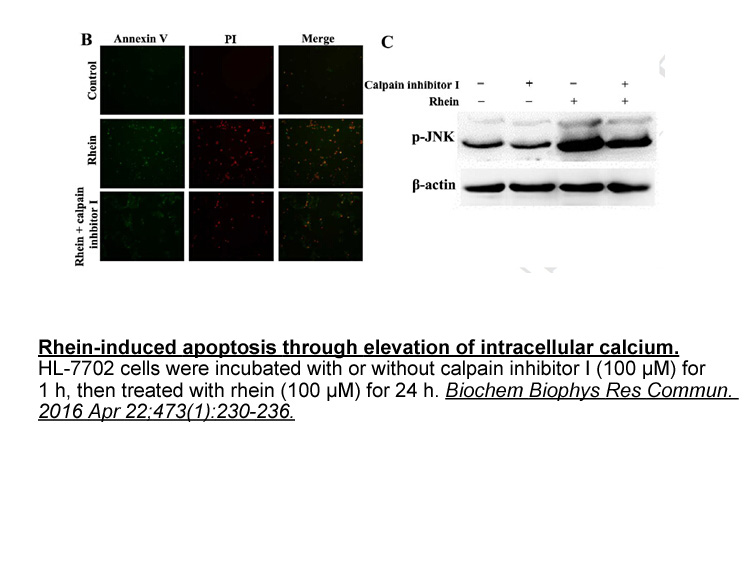
How changes in APP processing by γ-secretase lead to AD is still not well understood. Deposition of amyloid beta (Aβ) peptide fragments of the amyloid precursor protein (APP) in amyloid plaques and hyperphosphorylated tau in neurofibrillary tangles are the cellular hallmarks of AD (O’Brien and Wong,
-
In addition to the type
2022-07-16
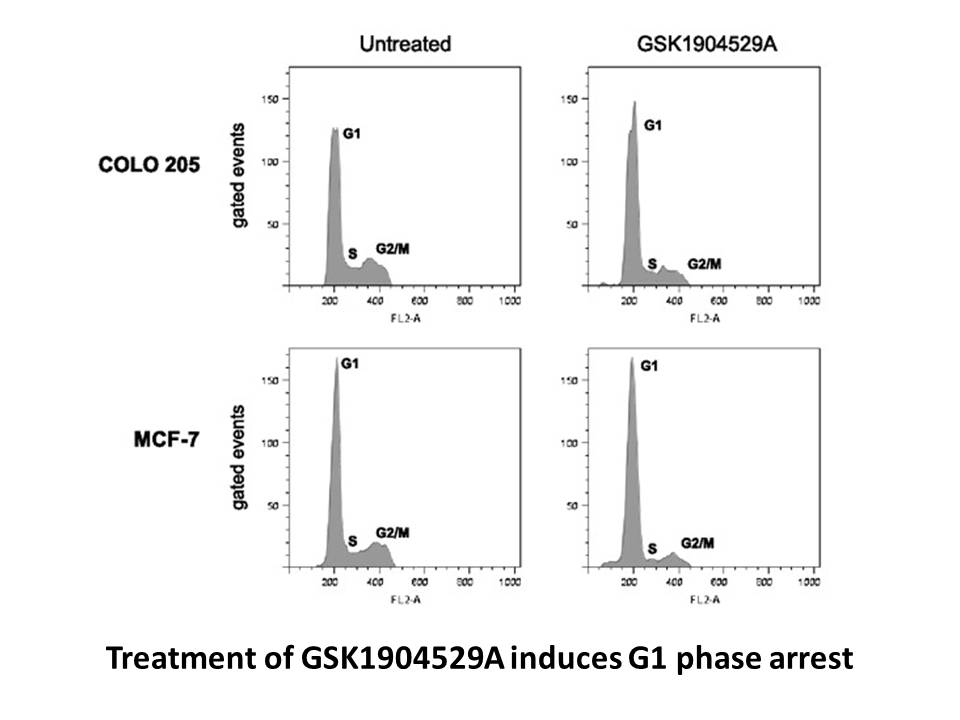
In addition to the type of food consumed, also the effect of calorie restriction (CR), i.e. an intermittent fasting and re-feeding cycles with concomitant fluctuations in the level of glucose and insulin, can affect the course of IBS through the modulation of the BA homeostasis. This type of nutriti
-
br Melanoma cell lines There is suggestive
2022-07-16
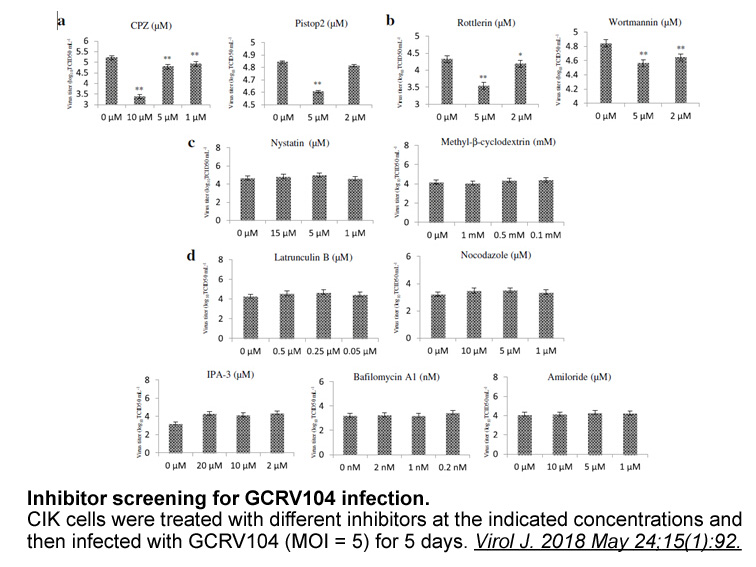
Melanoma cell lines There is suggestive epidemiological evidence that omega-3 PUFA can be preventative against melanoma, although the mechanisms of this relationship has not been extensively investigated [65], [66]. A 2014 study demonstrated that DHA inhibited cell proliferation in vitro in A2058
-
br Material and methods br Acknowledgements and funding
2022-07-16
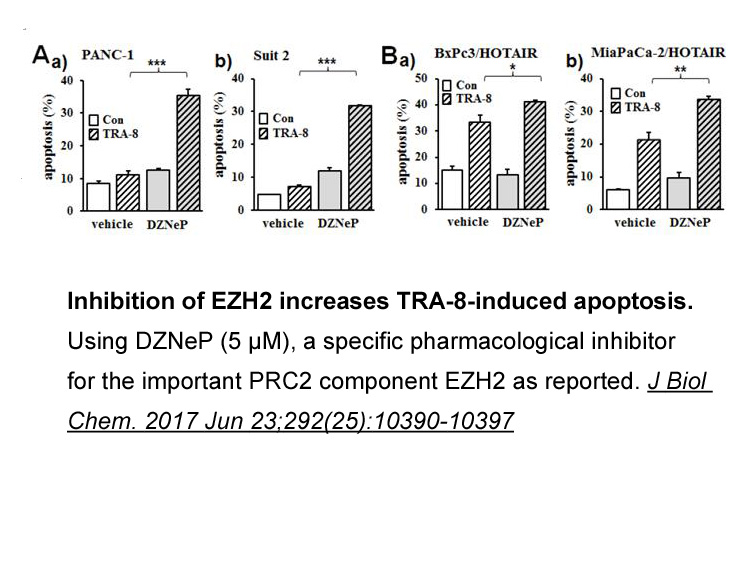
Material and methods Acknowledgements and funding The authors thank Katharina Elsässer for technical support and Emma Esser for careful editing of the manuscript. We also thank Marcus Conrad for providing Liproxstatin-1 and advisory comments and discussion on the manuscript. This work was part
-
To date three other allosteric binding sites
2022-07-15
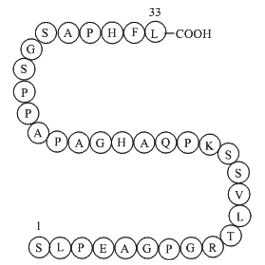
To date, three other allosteric binding sites of HIV-1 IN have also been reported. In the work of Wielens and co-workers [33], a pocket formed by the residues Tyr83, Trp108, Asn184, Ile200 and Val201 was found, which can be bound by small molecules. In the work by Rhodes et al. [34], a small-molecul
-
Treatment with histamine had no effect on histamine
2022-07-15
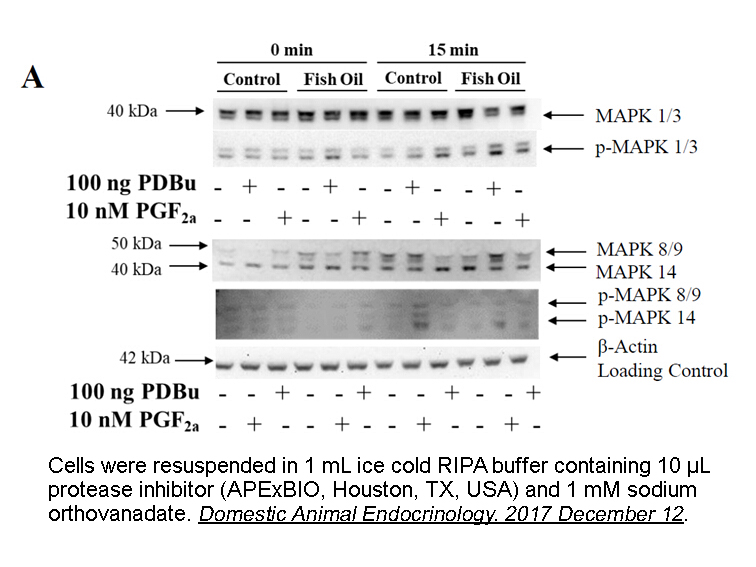
Treatment with histamine had no effect on histamine H1 receptor expression in HepG2 raf kinase (Fig. 1), while knockdown of histamine H1 receptor expression prevented histamine from repressing apo A-I gene expression (Fig. 2). Overexpression of the histamine H1 receptor regulated apo A-I promoter a
16448 records 426/1097 page Previous Next First page 上5页 426427428429430 下5页 Last page